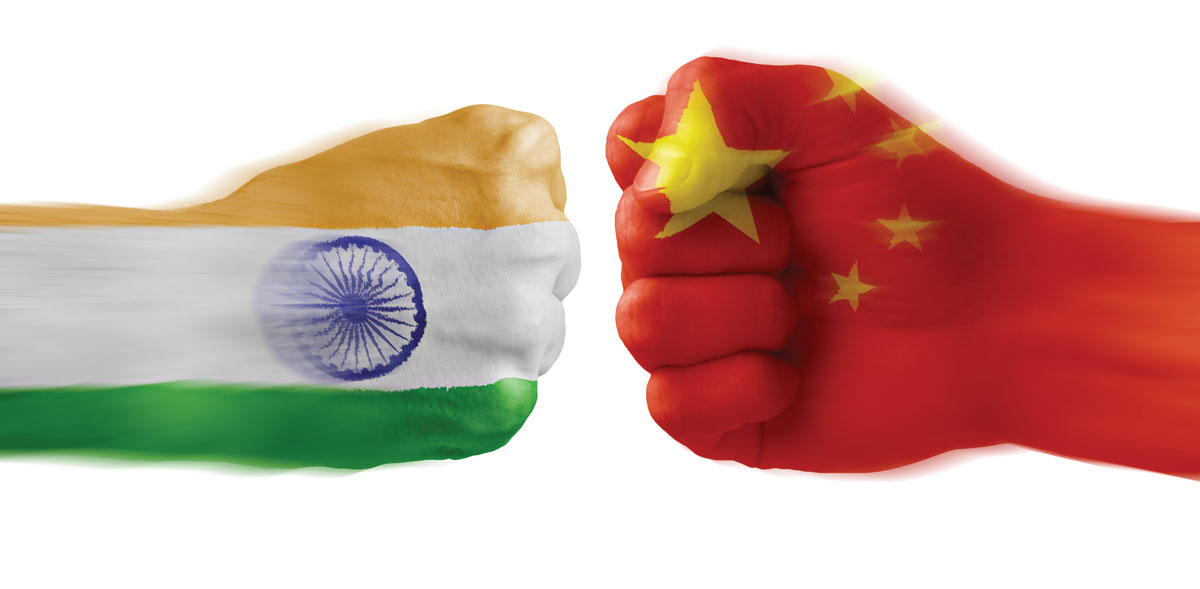The China Impasse: Siliconeer Editorial August 2017
The struggle to keep India’s borders safe is an ongoing effort and our Armed Forces and officials have lived up to the challenges alike. Let us take a moment and remember those who have served the nation on the occasion of India’s Independence.
India will stay “firm and resolute” both at the ground or military level at Doklam in the Bhutanese territory while keeping all diplomatic channels open to scale down tensions with its belligerent neighbor, China.
Indian analysts, however, see every Chinese move as part of a larger hegemonic power game that it embarked up post 2008 financial crisis, of which its presence in Doklam following its dominance along the Indian borders at Ladakh and Arunachal Pradesh, and vigorous wooing of Bhutan and other smaller countries in India’s traditional sphere of influence, including Nepal, Sri Lanka and Myanmar and the several billions of dollars worth of CPEC are just a part of.
It is quite possible that India’s resoluteness has taken the Chinese by surprise and this approach may earn flexibility and favor in negotiations for India when Beijing sits and talks, and this will happen only when Beijing is sure it will lose more by prolonging or escalating the crisis, writes Priyanka Bhardwaj.
Should India be worried about protecting its cyberspace consequent to the Doklam standoff with China? Multiple observers have warned that much more than the consequences of an escalated direct military confrontation, India is vulnerable to vicious cyberattacks by skilled state-backed Chinese hackers. As per evidence that is available, China is far ahead of India in cyber warfare capabilities, and the country could try to paralyze operations in banking, finance, telecom and other sectors, writes Siddharth Srivastava.
Digital technology can transform India if we harness the insights and earn the trust of communities to develop solutions that build their capabilities and empower them, writes Grameen Foundation India CEO Prabhat Labh.
The day is a special occasion for the Indian Army for being the anniversary of the rarest battle which was fought and won by any country in the most adverse and challenging conditions. Observing Kargil Vijay Diwas is a humble tribute to the martyrs and an acknowledgement of their valor, fortitude and sacrifice. Siliconeer presents a photo essay.
JD(U) leader Nitish Kumar has become the Chief Minister of Bihar for the sixth time as he jilted an uncomfortable ally in the RJD and joined hands with the BJP after four years, yet again demonstrating his political maneuverability. Siliconeer takes a look at the turn of events in Bihar.
Twenty20s and one-days are the formats driving women’s cricket forward but it is only the ultimate challenge of playing Tests that will help India produce more world-class players, said skipper Mithali Raj who has played just 10 Tests in an 18-year-old career, writes Bharat Sharma.
In a major setback to President Donald Trump, the U.S. Senate failed to repeal and replace the landmark Obamacare bill, July 28, as three key Republican lawmakers, including Senator John McCain, scuttled the measure, writes Lalit K. Jha.
Northern California is a treasure trove of history-laden icons, man created and gifts of Mother Nature: The Golden Gate Bridge, Yosemite Valley, Sierra Nevada mountains, Lake Tahoe, Trinity Alps, San Francisco, Muir Woods, Redwood trees everywhere, and on and on seemingly forever. But, there is one memorable example that exceeds any description of a California life-force. World-famous Shasta Lake and Dam lay just 10-miles north of Redding. We were invited for a stimulating tour of the lace-work tunnels and work stations that snake through the huge unseen interior. That and watching the dramatic release of water roaring down the wall remains a huge memorable experience, writes our travel editor Al Auger.


